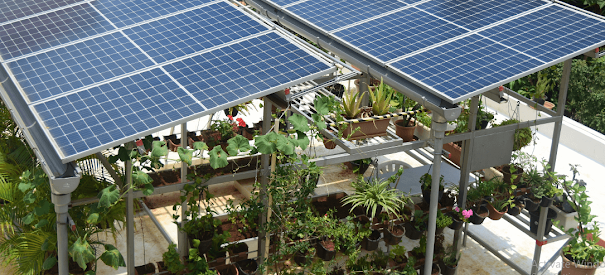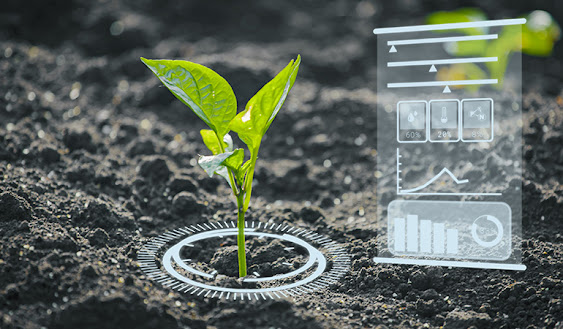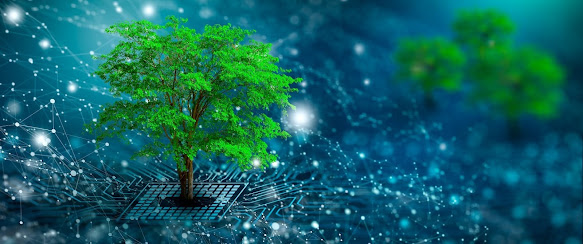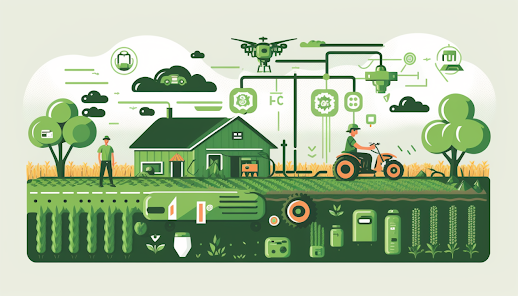Advantages: Aquaponics

The Advantages Of Aquaponics Systems Aquaponics is a sustainable and eco-friendly approach to agriculture by combining aquaculture and hydroponics, where fish waste fertilizes plants. This innovative method significantly reduces water usage compared to traditional farming while promoting efficient nutrient recycling. Aquaponic systems yield both fresh, chemical-free produce and high-quality fish, making it a compelling solution for a resource-efficient and highly productive agricultural system. Aquaponics has emerged as a shining beacon of hope, offering a harmonious synergy between aquaculture and hydroponics, with many benefits that extend far beyond the boundaries of traditional farming practices. What Is Aquaponics? Aquaponics is a cutting-edge and sustainable agricultural system that combines aquaculture (the cultivation of fish) with hydroponics (the cultivation of plants without soil). This innovative approach reimagines traditional farming by creating a symbiotic e...

















